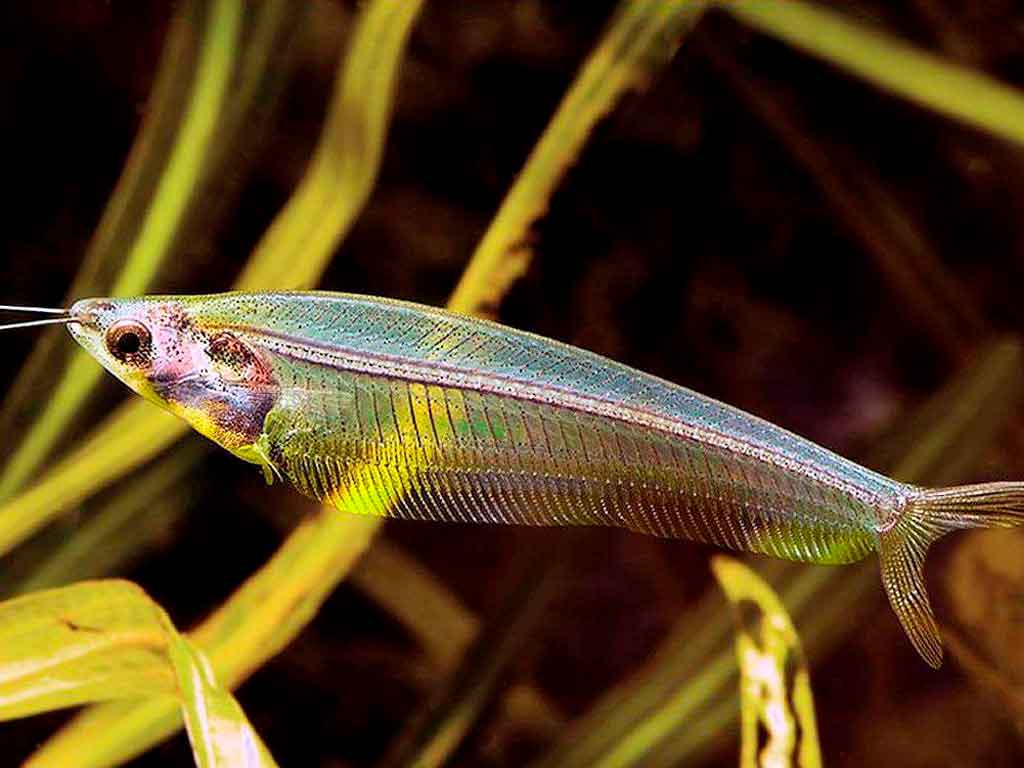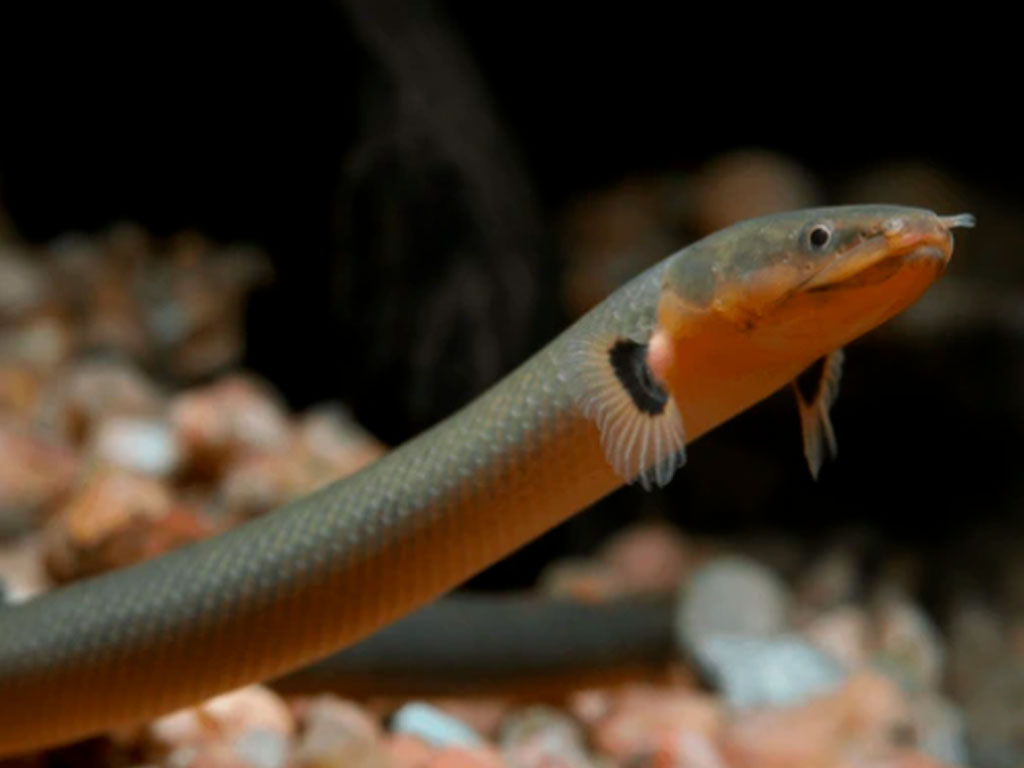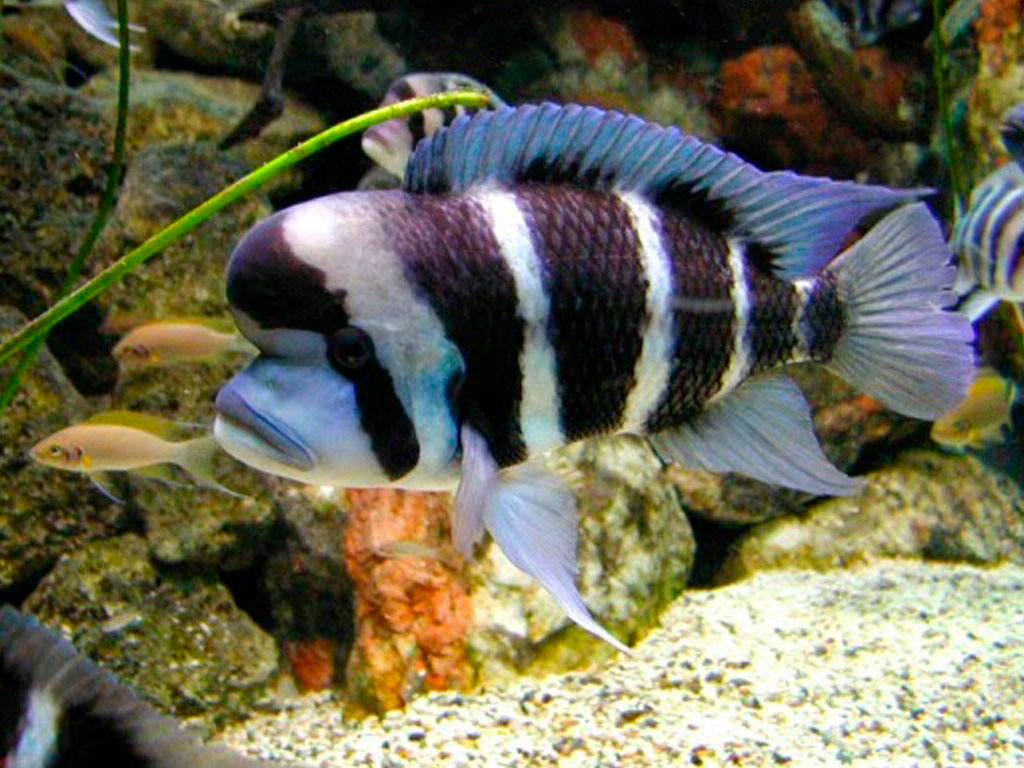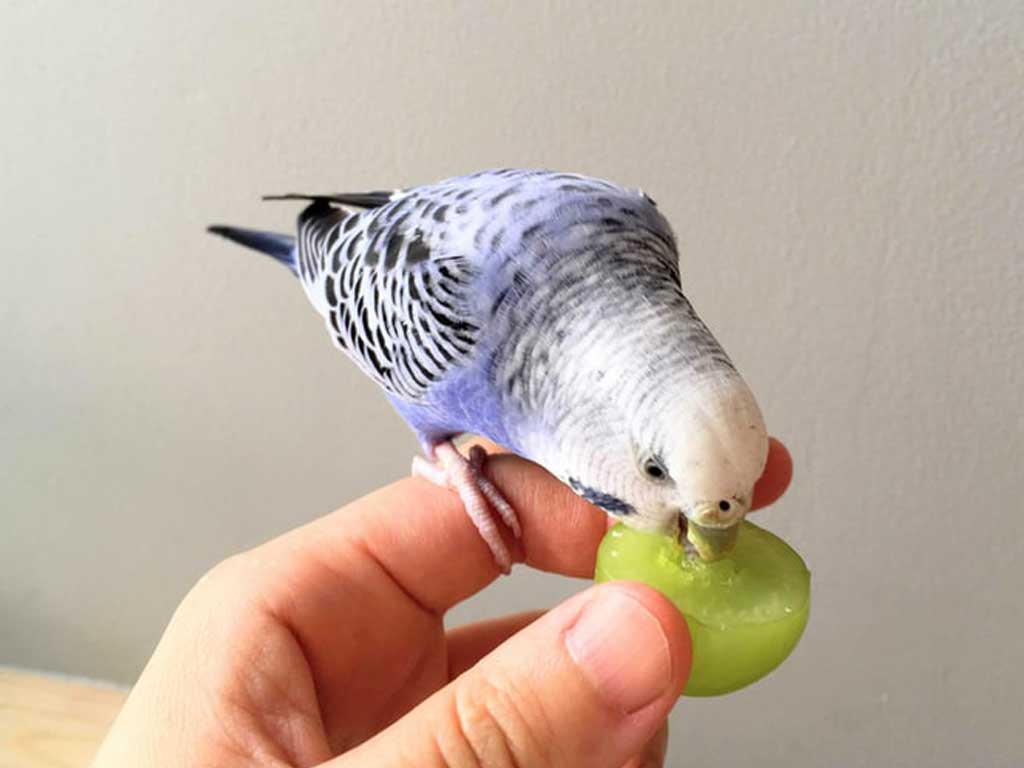Few fish can generate as much curiosity and wonder as the Glass Catfish (Kryptopterus vitreolus). As its name suggests, this inhabitant of the calm waters of Asia has an almost completely transparent body, allowing a clear view of its spine and internal organs. This unique feature, along with its elegant swimming style and long sensory barbels, makes it an almost ethereal and magical addition to any aquarium.
However, this ghostly beauty hides a fish with very specific needs. This isn’t your typical robust, bottom-dwelling catfish; it’s a delicate, shy, and above all, deeply social species. Understanding its behavior and providing it with the right environment is the only key to success. In this complete guide, we will unveil all the secrets to caring for this fascinating “ghost” of the aquarium, ensuring it remains active, healthy, and becomes the jewel of your tank.
The Glass Catfish Mystery: Kryptopterus vitreolus or bicirrhis?
Before we proceed, it’s important to clear up a common confusion. For years, the fish sold as the Glass Catfish was identified as Kryptopterus bicirrhis. However, later studies revealed that the vast majority of specimens in the hobby belong to a different, smaller species: Kryptopterus vitreolus. The true K. bicirrhis is larger and very rarely found. Therefore, this guide will focus on K. vitreolus, the fish you are 99% likely to find in your local store.
The Ghost Fish’s Behavior: Life in a Group
Understanding the behavior of the Glass Catfish is fundamental. Its well-being is directly dependent on its social structure.
The Golden Rule: Never a Solitary Glass Catfish!
This is the most important point of all. The Glass Catfish is an obligate shoaling fish. A solitary specimen will not simply “feel lonely”; it will fall into deep stress, stop eating, hide permanently, and, in most cases, die prematurely. They require the company of their own kind to feel secure. Therefore, a group of at least 6 individuals must be kept, with 8 or more being ideal.
Timid Mid-Water Dwellers
Unlike other catfish, they are not bottom dwellers. They occupy the middle and lower zones of the aquarium, preferring areas with gentle currents and, above all, plenty of vegetation where they can take refuge. They tend to stay together, often suspended in the water with a gentle, undulating motion.
The Ideal Aquarium for the Glass Catfish: A Planted Refuge
Their natural habitat consists of calm streams and lagoons with dense vegetation in Thailand, Borneo, and Java. Recreating this environment is key.
Size and Water Parameters
Due to the need to keep a shoal, the size of the aquarium is important.
| Parameter | Ideal Range | Notes |
| Aquarium Size | 20-25 gallons (80-100 liters) minimum | Prioritize length to give them horizontal swimming space. |
| Temperature | 22°C – 26°C (72°F – 79°F) | They do not tolerate very high temperatures well. |
| pH | 6.0 – 7.5 | They prefer soft and slightly acidic or neutral water. |
| Hardness (GH) | 5 – 15 dGH | Sensitive to excessively hard water. |
| Water Quality | Excellent | They are very sensitive to ammonia, nitrites, and especially nitrates. |
A Note on Nitrates: As they are mostly wild-caught, they are very intolerant of nitrogenous compounds. Always keep nitrates below 15-20 ppm through regular water changes.
The Importance of a “Mature” and Planted Aquarium
A newly set up aquarium is not the place for a Glass Catfish. They thrive in stable, mature tanks. The decor is crucial for their well-being:
- Dense Planting: A heavily planted aquarium with species like Java Fern, Anubias, Cryptocorynes, and stem plants will provide the necessary hiding places for them to feel secure.
- Shaded Areas: The use of floating plants or tall driftwood will help create areas of dim light that they greatly appreciate.
Compatibility: Choosing Peaceful Tank Mates
Their timid and peaceful nature dictates who they can live with.
- Ideal Tank Mates: Fish of similar size and calm temperament.
- Small Tetras (Neon, Cardinal, Rummy-nose).
- Rasboras (Harlequin, Espei).
- Corydoras and Ancistrus for the bottom.
- Peaceful dwarf cichlids like Rams.
- Tank Mates to Avoid:
- Very active, nervous, or aggressive fish that would stress them (Barbs, Danios).
- Any fish large enough to see them as food (most Cichlids).
Feeding: The Challenge of Nourishing a Wild Fish
Being wild-caught, they can be reluctant to accept dry food at first. Patience is key to acclimating them.
- Adaptation Phase: Start by offering live or frozen food to stimulate their appetite. Brine shrimp, daphnia, and bloodworms (in moderation) are excellent choices.
- Transition to Dry Food: Once they are eating confidently, you can gradually introduce high-quality dry foods. Slow-sinking micro-granules or flakes are good options.
- Feeding Method: Feed them in an area of gentle current so the food remains suspended in the middle zone for as long as possible.
Health and Reproduction: A Delicate Fish
Their wild origin makes them more susceptible to the stress of transport and to diseases if not kept in optimal conditions. They are especially sensitive to White Spot Disease (Ich) if water quality declines or they experience stress.
Captive breeding is extremely rare, to the point of being considered almost impossible for the average hobbyist. They are egg-scatterers and show no parental care, so even if a spawning occurred in a community tank, the eggs or fry would be quickly eaten.
The Glass Catfish is a true aquatic gem, a species that brings a touch of mystery and elegance to any well-planted aquarium. It is not a difficult fish, but it is demanding. It requires a commitment to its social and environmental needs. If you are willing to offer it the company of a shoal, a refuge full of plants, and impeccable water quality, you will be rewarded with the hypnotic spectacle of a group of “ghosts” dancing in harmony in your aquarium. It is proof that sometimes, the most captivating beauty is also the most delicate.
FAQs
Why is my Glass Catfish always hiding?
Shyness is their natural behavior. If it’s constantly hiding, it’s likely because the group is too small, it feels intimidated by other fish, or the aquarium has too few plants and hiding places.
Can I keep just one Glass Catfish?
No, never. They are obligate shoaling fish. A solitary individual will suffer from extreme stress, which will very likely lead to its death. You need a group of at least 6 specimens.
What do they eat if they are so shy?
Initially, they may refuse dry food. The best strategy is to start with frozen or live food (daphnia, brine shrimp) to get them eating confidently, and then slowly introduce high-quality pellets or flakes.
Are they a good choice for a beginner aquarist?
They can be, but only if the beginner does their research and is willing to meet their specific requirements: a mature tank, a large group, lots of plants, and excellent water quality. They are not a “hardy” fish to start with without preparation.
Why is the fish transparent?
It is an evolutionary camouflage adaptation. Its lack of pigmentation makes it much harder for predators to spot in the often murky and heavily vegetated waters of its natural habitat.










